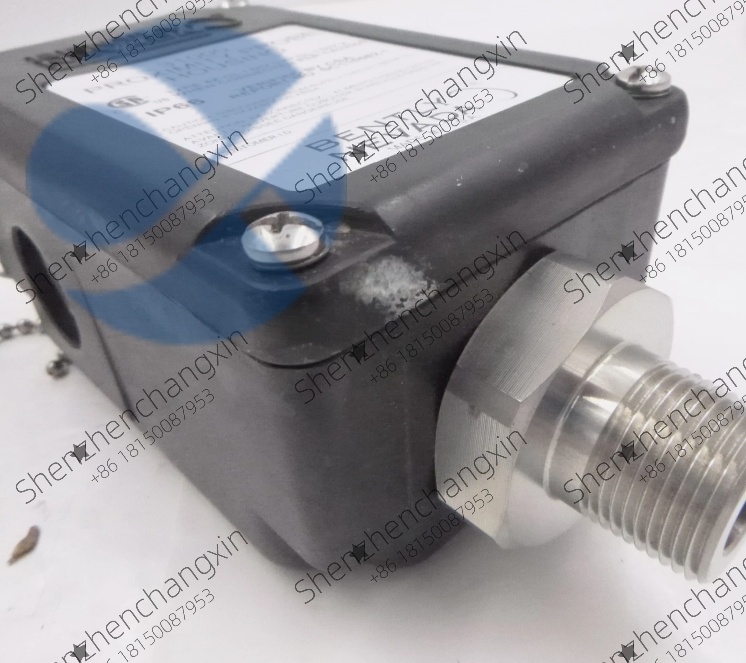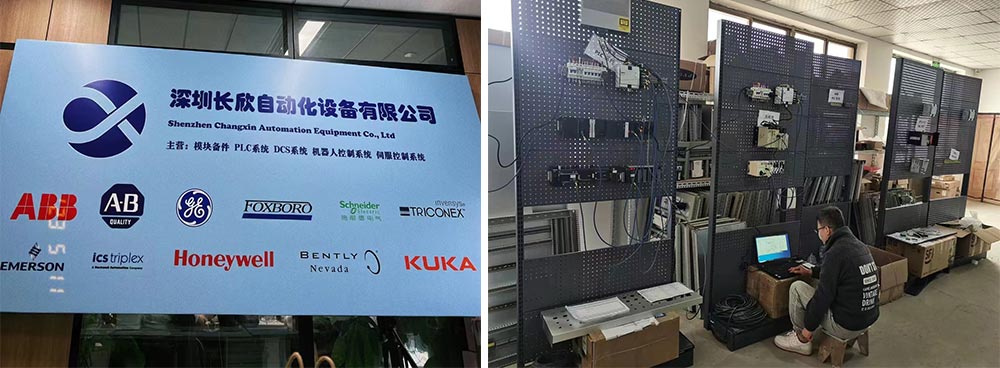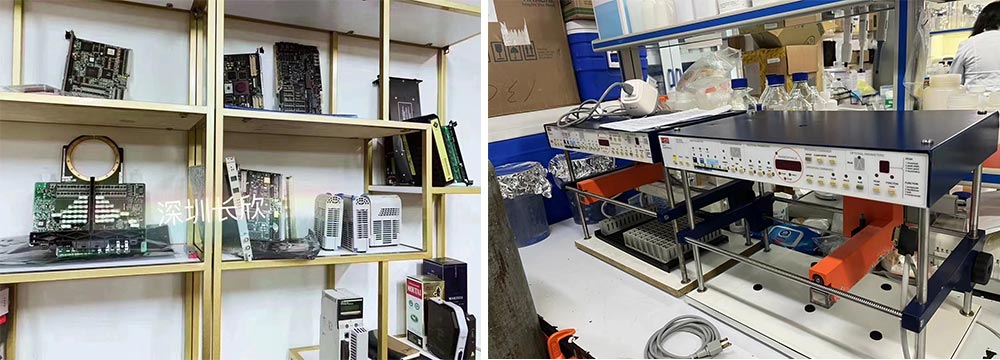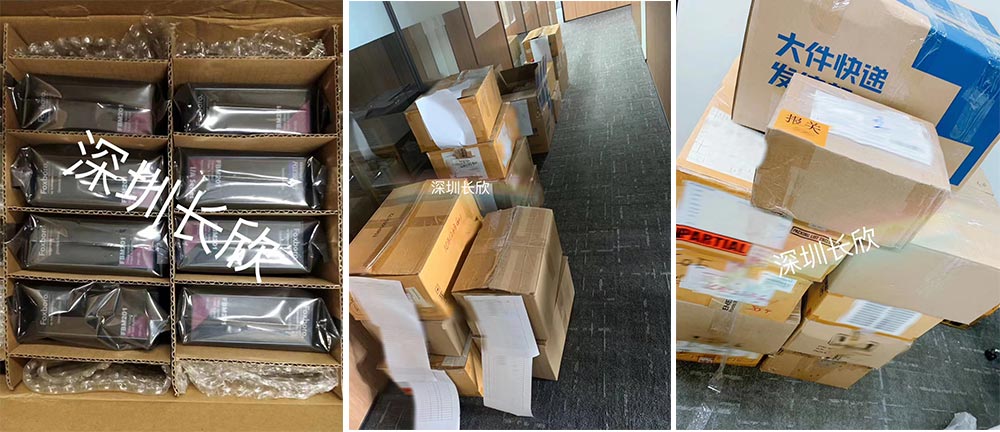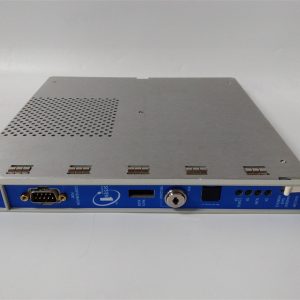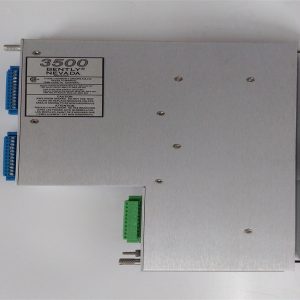Description

Function and Principles
The 31000 proximity probe system operates on the principle of Eddy Current.⚡️It generates a high-frequency radio signal that is sent through a coil at the probe’s tip.When the probe tip is brought near a conductive surface,such as a machine shaft,it induces a small electrical current(an eddy current)in that surface.The strength of this eddy current is directly proportional to the distance between the probe tip and the target surface.
The Proximitor sensor,which is connected to the probe,measures the strength of the eddy current and converts it into a proportional DC voltage.This voltage signal can then be used to determine the shaft’s position,measure its vibration(dynamic movement),or detect its speed by counting keyphasor marks.
Technical Specifications
The Bently Nevada 31000 series is part of the 3300 and 7200 proximity probe system.Here are some of its key specifications:
Measurement Range:0-100 mils(0-2.5 mm),though specific range depends on the model.
Operating Temperature:-34°C to+200°C(-30°F to+392°F).
Target Material:Requires a conductive target surface.
Output Signal:The Proximitor sensor provides a DC voltage output proportional to the gap.
Compatibility:Designed to be used with Bently Nevada 3300 and 7200 series Proximitor sensors.
Applications
The Bently Nevada 31000 proximity probe is critical for condition monitoring and machinery protection in a wide range of industries:
Power Generation:Used on steam and gas turbines to monitor shaft vibration,axial position,and speed.
Oil and Gas:Applied to pumps,compressors,and motors to detect imbalances,misalignments,and other mechanical faults.
Petrochemical:Critical for monitoring rotating equipment in refineries and chemical plants to prevent unplanned shutdowns.
Manufacturing:Utilized on large industrial fans,gearboxes,and centrifuges to ensure reliable and safe operation.
This probe is essential for predictive maintenance programs,allowing operators to detect potential issues before they lead to catastrophic equipment failure.
 WhatsApp:+86 18150087953 WeChat: +86 18150087953
WhatsApp:+86 18150087953 WeChat: +86 18150087953  Email:
Email:


